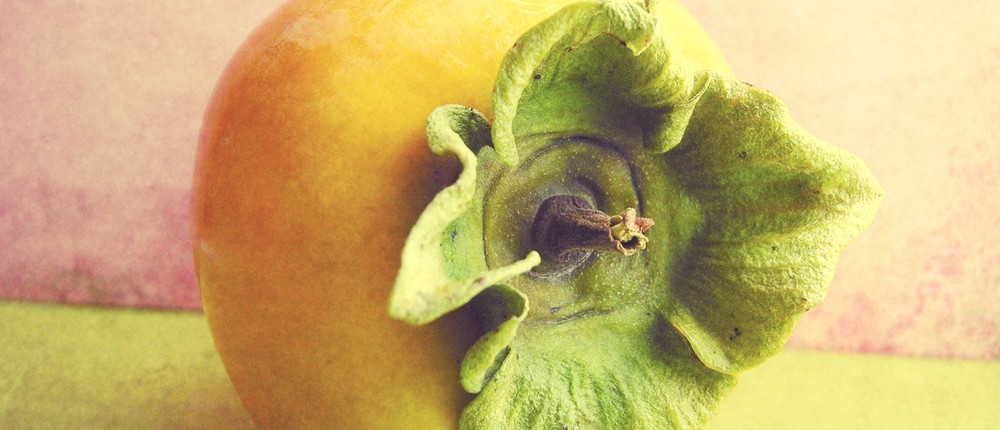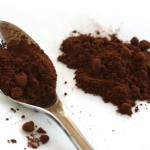What is eating locally? It is eating food that is grown in your region. This could mean growing your own produce, joining a CSA, shopping at a producer-only farmer’s market or checking the source of your produce at the grocery store.
Why eat locally? 1. Food tastes better. Food is fresher and is harvested closer to the time you eat it and is not ripening on a truck but rather on the vine.
1. Food tastes better. Food is fresher and is harvested closer to the time you eat it and is not ripening on a truck but rather on the vine.
2. Food is healthier. For the reasons stated above, food harvested at the peak time will be more nutrient dense. Avoids the use of fruit ripening agents and coloring agents used to mask lack of vitality in the plant. Also, animals raised on small farms generally have more humane living conditions.
3. You can talk to the person who grew your food and support your local farmer. Make sure your farmer’s market is a producer-only farmer’s market so you are buying directly from the farmer.
4. Food is generally less toxic. Generally less pesticides are used at small local farms. Most local farmers can’t afford to be certified organic through the USDA, as it costs about 50,000 just to submit an application. But small farmers may use techniques to reduce the need for pesticides such as integrated pest management.
5. Save money. Buying direct from the farmer may be cheaper than going through a middle man.
6. You can support local business and local economy.
7. You can help the environment. Reduces carbon emissions. Have you wondered how much it costs to ship a garlic bulb from China?
8. Eat with the seasons. Eating food in season saves money. Also the plants that grow locally are exposed to the same environmental stressors as you are, they secrete secondary plant metabolites in response to those stressors. Those secondary plant metabolites are the medicinal components of the food we eat.
9. Try new foods and new recipes! The farmer’s market or a CSA is a great opportunity to try weird new foods. What do you do with Kohlrabi anyways!? Live on the wild side and eat purple carrots and potatoes.
10. Support plant diversity instead of mono cropping. Monocropping disturbs ecosystems. Americans are getting sick eating diets that consist of soy, citrus, peanuts, wheat, corn and dairy. Our ancestors ate diets rich in a diversity of plants.







